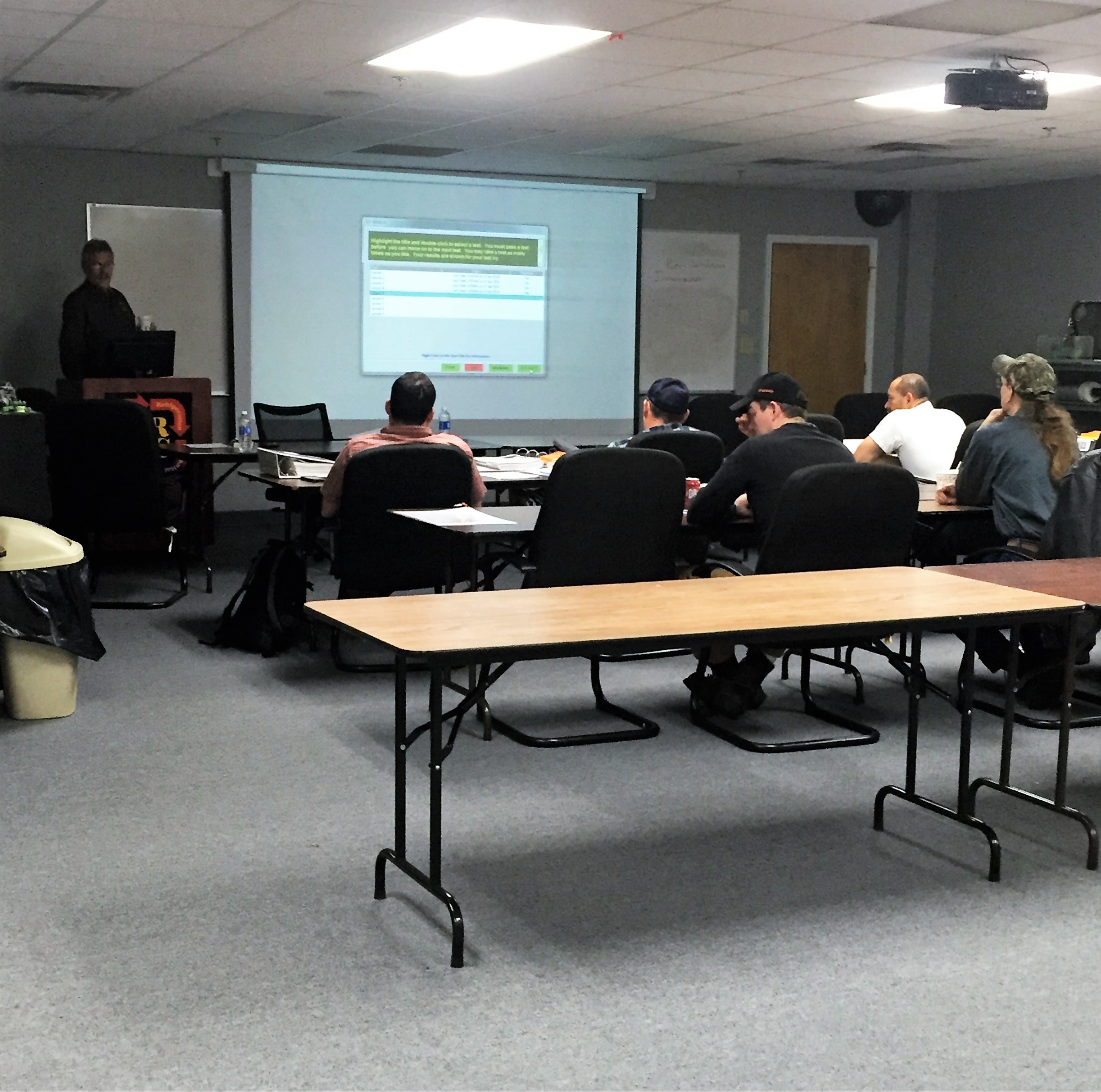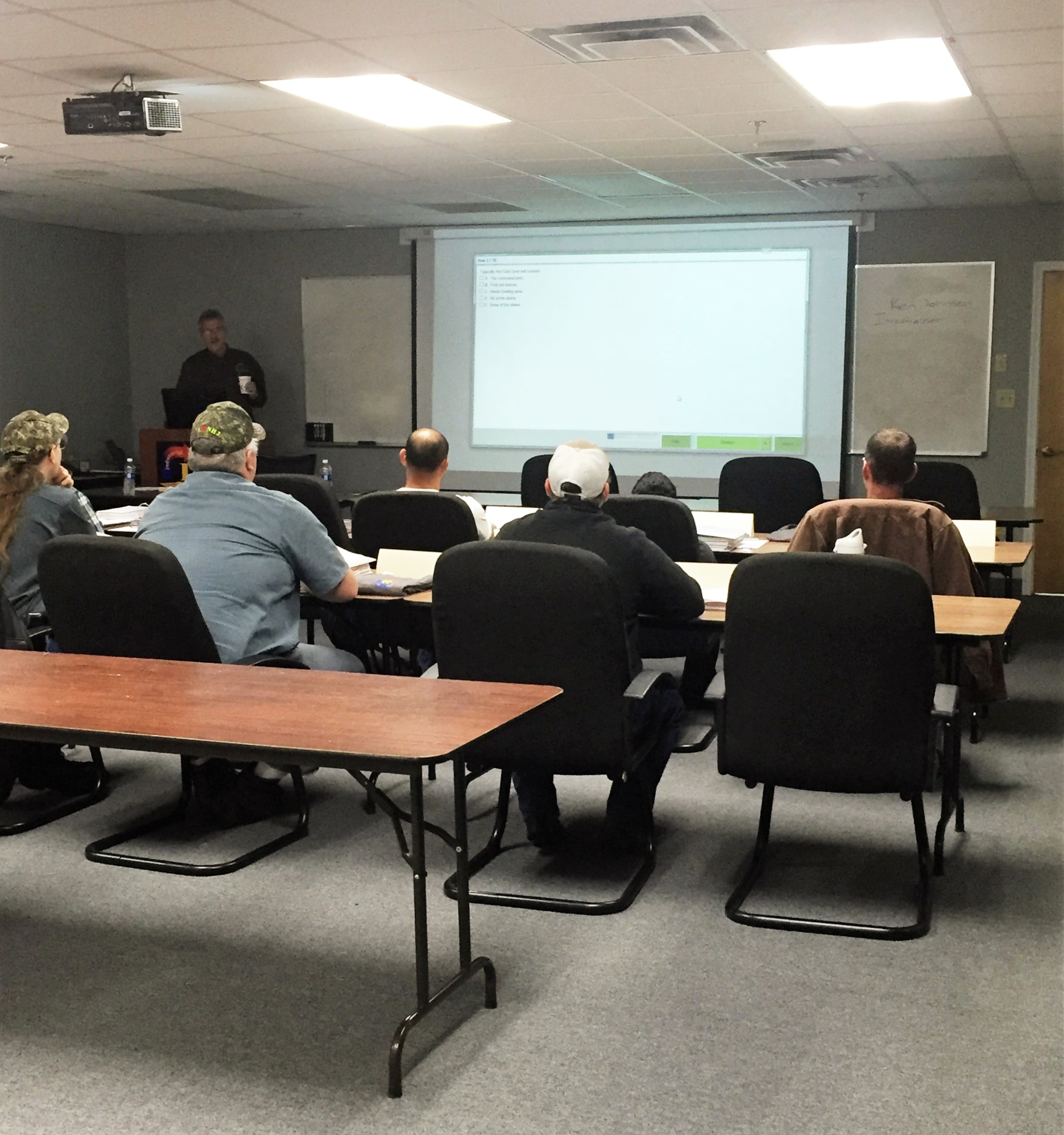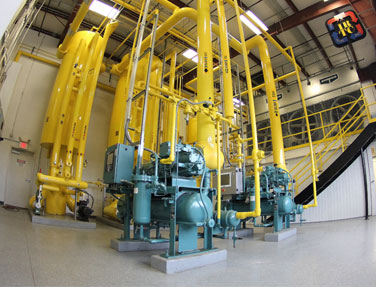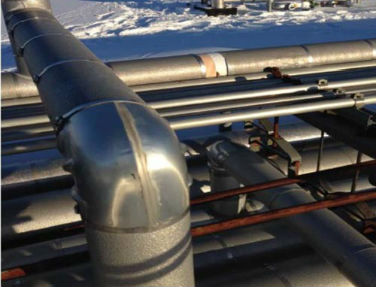Latest News
-
April 28, 2016
HAZWOPER Class 4/27
Students were engaged while learning about techniques and procedures on how to contain an ammonia leak.
-
April 20, 2016
Hazwoper Class 4/11
Check out the pictures from our last Hazwoper class! The students learned a lot from our live emergency response drills.
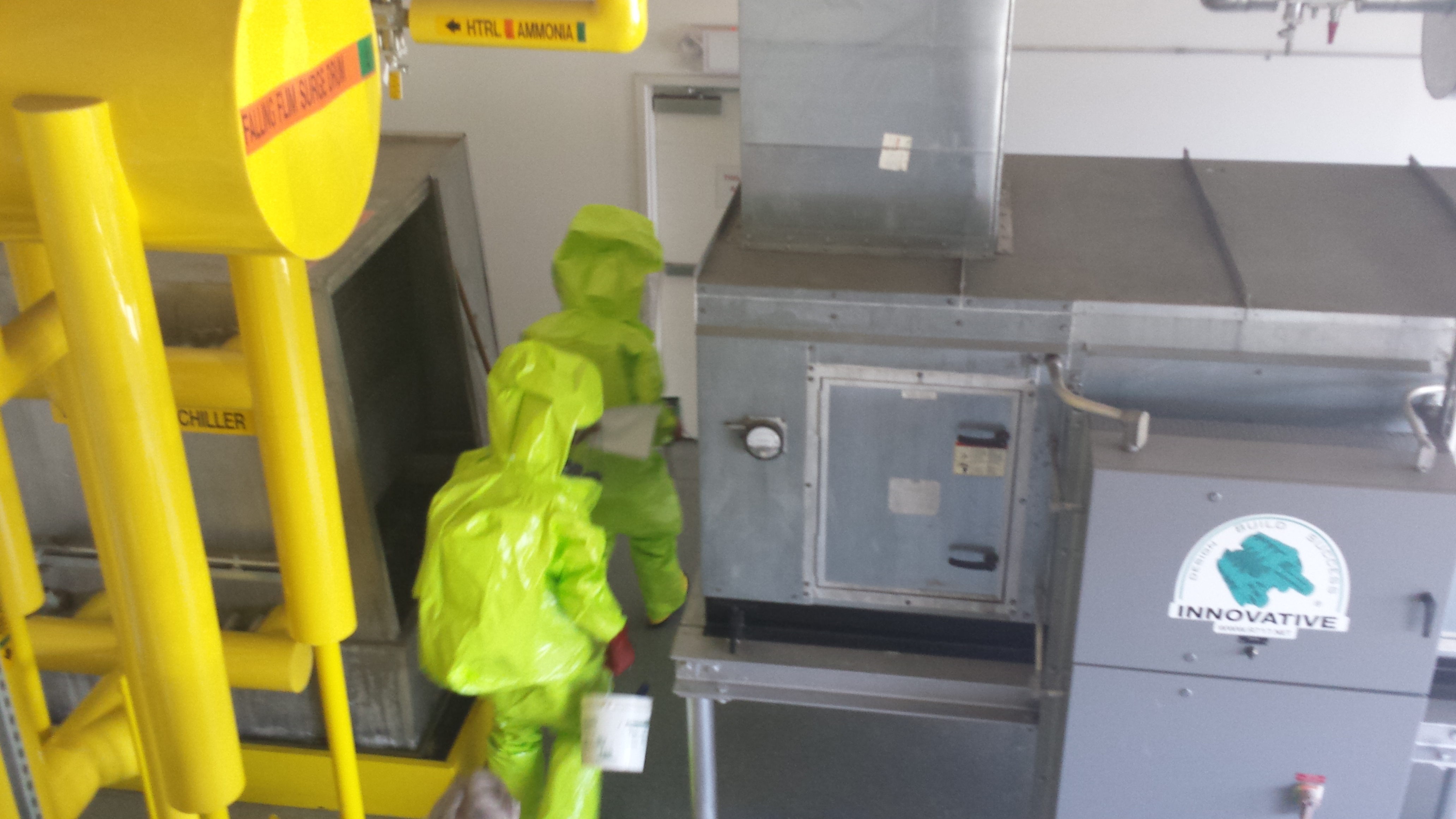


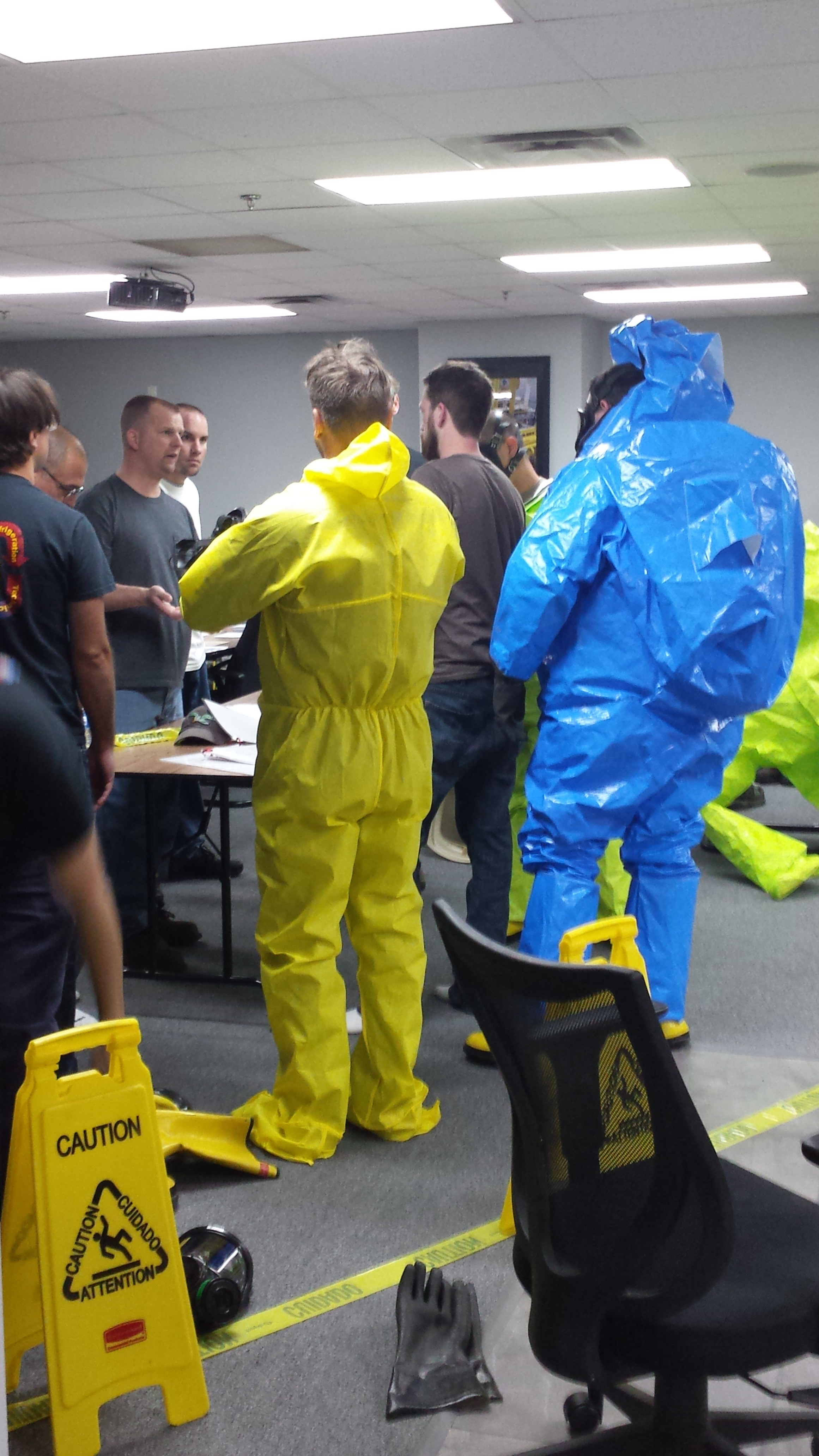
-
January 11, 2016
IRTC Welcomes Dascha Whitmore to the Sales Team

Dascha Whitmore
Sales ManagerDascha comes to IRTC with over 15 years experience in automotive sales management. Her greatest strengths are her creativity, drive, and leadership. She thrives on challenges and is looking forward to working with our team to see IRTC's training classes expand and grow.
Dascha Whitmore | 540-246-0926 | dascha@ammoniatraining.org
-
November 10, 2015
Want to know what your Lead Instructor does in his spare time?
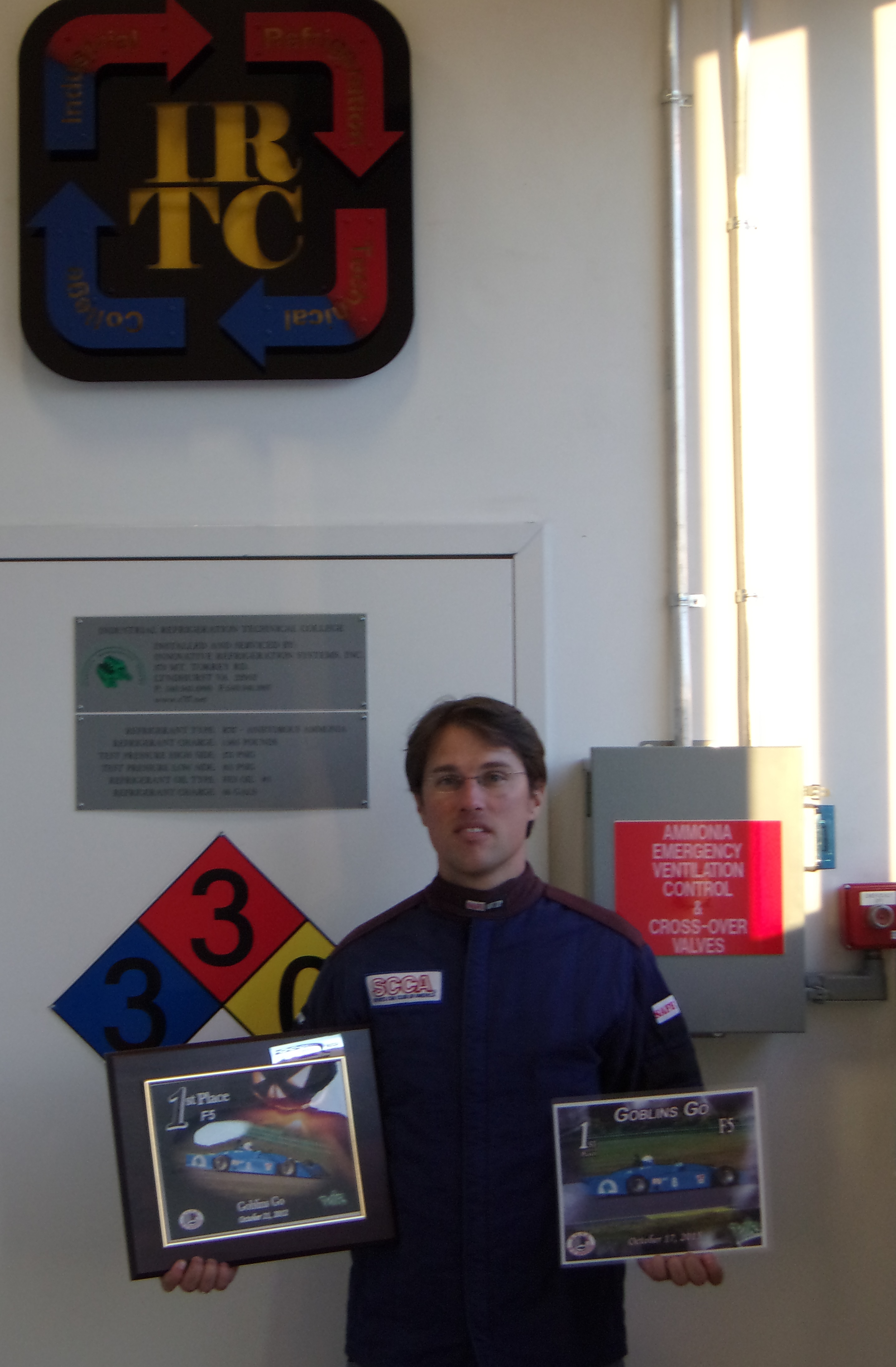 He is a Formula 500 race car driver and mechanic competing with the Sports Car Club of America. The above photo shows the awards for the team’s 1st place finishes at VIR in 2012 and 2015. Jay is proud to say he drove during both of those wins which was made possible by the excellent crew work. The VRM team, made up of Jay – IRTC’s Director of Training, lead instructor, and engineer, his dad, John – a retired nuclear power operator, and two-stroke extraordinaire, Rob – a nuclear power project manager, built the VRM Sidewinder and perform all mechanical work. They race at road courses such as Summit Point, Virginia International Raceway, Watkins Glen, and Sebring
He is a Formula 500 race car driver and mechanic competing with the Sports Car Club of America. The above photo shows the awards for the team’s 1st place finishes at VIR in 2012 and 2015. Jay is proud to say he drove during both of those wins which was made possible by the excellent crew work. The VRM team, made up of Jay – IRTC’s Director of Training, lead instructor, and engineer, his dad, John – a retired nuclear power operator, and two-stroke extraordinaire, Rob – a nuclear power project manager, built the VRM Sidewinder and perform all mechanical work. They race at road courses such as Summit Point, Virginia International Raceway, Watkins Glen, and SebringJay raced a few weeks ago in the SARRC 1 and 2 at Virginia International Raceway. Jay summarized the race by stating, “the wheel to wheel racing was excellent with two other Formula 500’s drivers who had recently placed in the top 10 at the National Runoffs at Daytona. The VRM team put in some hard work in prepping the car between qualifying rounds and races with superb handling during the races.”
The team is currently getting ready for an off-season overhaul to prepare for the 2016 season. They have high hopes for the upcoming year.
